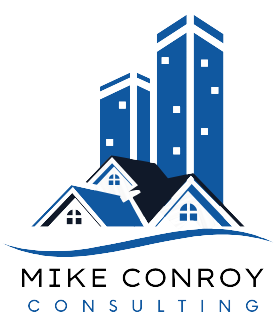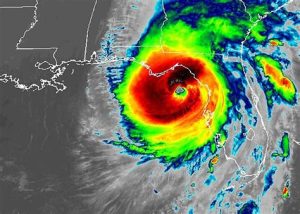Clearing the Air: Thoughts on Ventilation and Air Quality
In the wake of a global health crisis, the quality of indoor air has taken center stage in the minds of employers, building managers, and homeowners alike. As many spend upwards of 90% of our time indoors, the imperative for clean, well-ventilated environments is not just a matter of comfort—it’s a critical component of health and safety.
This has put a spotlight on the field of indoor environmental consulting, a discipline that merges building science with health science to ensure our indoor climates are conducive to well-being and productivity.
Let’s explore the role of consultants, the importance of proper ventilation, and the advances in technology that are making breaths inside as fresh as those taken outside.
All indoor air quality problems are in many ways related to poor ventilation. Mold particles are very small and the inhalation of them is the way they cause the problems they do. The things discussed in this 60 Minutes video were evident. Everyone was stuck on handwashing and wiping surfaces but that was a very small part of the issue.
The Importance of Professional Indoor Environmental Consulting
Indoor environmental consultants play a pivotal role in diagnosing and resolving air quality issues within buildings. These professionals assess a variety of conditions, from airflow patterns and mechanical system operations to the presence of contaminants and the effectiveness of filtration systems. Their expertise helps to mitigate problems that can affect health, such as mold growth, the accumulation of volatile organic compounds (VOCs), and the proliferation of allergens.
Ventilation: The Lungs of a Building
Ventilation is often referred to as the “lungs of a building,” a metaphor that captures its function of exchanging indoor and outdoor air. Proper ventilation not only dilutes indoor pollutants but also controls humidity, reduces the risk of airborne infections, and manages odors. Indoor environmental consultants assess ventilation using tools like air flow meters and computer simulations to model how air moves through a space, identifying areas where ventilation is inadequate.
The Role of Air Quality in Public Health
The link between air quality and health is well-established. Poor air quality can lead to respiratory problems, exacerbate allergies and asthma, and even affect cardiovascular health. Consultants evaluate the particulate matter, carbon dioxide levels, humidity, and chemical pollutants to provide recommendations that protect occupant health. Solutions may include adjusting HVAC systems, incorporating plants that improve air quality, or selecting materials and furnishings that emit fewer pollutants.
Emerging Technologies in Ventilation and Air Quality
The field of indoor environmental consulting is continually evolving, with innovative technologies improving the ability to monitor and manage indoor air. Smart ventilation systems now use sensors to adapt to the number of occupants and their activities, optimizing air flow in real-time. Ultraviolet germicidal irradiation (UVGI) is being employed within HVAC systems to deactivate airborne pathogens, and cutting-edge filters are capable of capturing nanoparticles.
Regulatory Standards and Best Practices
Consultants must navigate a complex landscape of regulations and guidelines, from ASHRAE standards to OSHA regulations. They work to ensure buildings comply with local and international codes, advocating for practices that sometimes exceed statutory requirements to ensure optimal indoor air quality. They also engage in educating stakeholders about the importance of regular maintenance and the long-term benefits of investing in air quality improvements.
Final thoughts
Indoor environmental consulting is an investment in health, productivity, and comfort. By leveraging expert knowledge of ventilation, air quality, and building systems, these professionals help create indoor spaces that aren’t merely habitable, but are conducive to human thriving.
As we all continue to confront the challenges of maintaining healthy indoor environments, the expertise of indoor environmental consultants will be more valuable than ever in guiding us towards a breath of fresh air indoors.
Call Mike Conroy today for a consultation.










